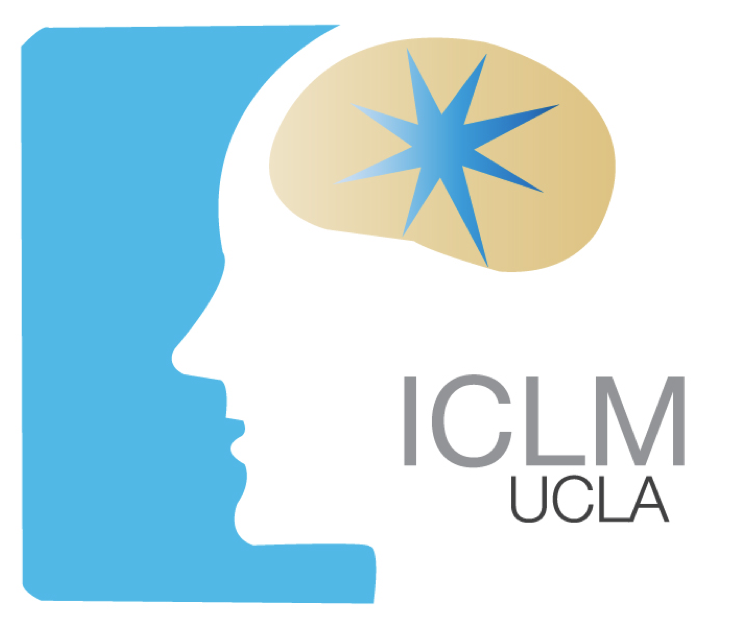
Avishek Adhikari
The Adhikari Lab investigates how the brain generates and inhibits fear and anxiety. To do so they use a combination of optogenetics, behavioral assays, electrophysiology, viral tracing methods, fiber photometry and physiological measures of fear, such as pupil size and heart rate. This work has dissected how cortical pathways to the amygdala inhibit both innate anxiety and learned fear. They also showed how separate output pathways from the extended amygdala can independently control distinct high anxiety symptoms.
Adhikari Lab Web site
Recent Publications.
1. Kim CK*, Adhikari A*, Deisseroth K. Integration of optogenetics with complementary methodologies in systems neuroscience. Nat Rev Neurosci. 2017;18(4):222-235m*equal contributions
2. Adhikari A, Lerner TN, Finkelstein J, Ferenczi E, Guanydin LA, Mirzabekov JJ, Ye L, Kim SY, Pak S, Lei A, Deisseroth K. Basomedial amygdala: deep brain target of prefrontal cortex for top-down control of anxiety and fear. Nature. 2015; 527(7577):179-85
3. Adhikari A. Distributed circuits underlying anxiety. Front Behav Neurosci. 2014; 1;8:112
4. Kim SY*, Adhikari A*, Lee SY, Marshel JH, Kim CK, Mallory CS, Lo M, Pak S, Mattis J, Lim BK, Malenka RC, Warden MR, Neve R, Tye KM, Deisseroth K-Diverging neural pathways assemble a behavioural state from separable features in anxiety. Nature. 2012;496:219-223 *equal contributions
5. Adhikari A , Topiwala MA, Gordon JA - Single units in the medial prefrontal cortex with anxiety-related firing patterns are preferentially influenced by ventral hippocampal activity- Neuron. 2011; 71(5):898-910
6. Adhikari A, Topiwala MA and Gordon JA- Synchronized activity between the ventral hippocampus and the medial prefrontal cortex during anxiety - Neuron. 2010; 65(2):257-269
 I.C. Learning & Memory
I.C. Learning & Memory